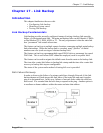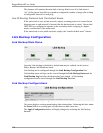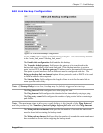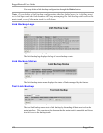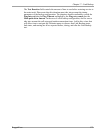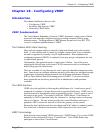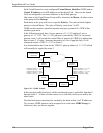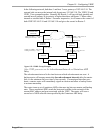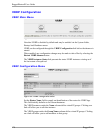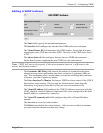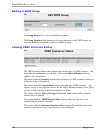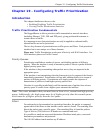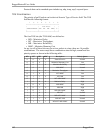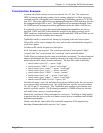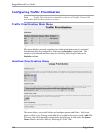
Chapter 18 - Configuring VRRP
In the following network, both host 1 and host 2 use a gateway of 192.168.3.10. The
external side can access the internal side by gateway 192.168.2.10. The VRID_20 and
VRID_21 are grouped together. Normally the Router 1 will provide both internal and
external access gateway as its priority is higher than those on Router 2. When either
internal or external side of Router 1 becomes inoperative, it will remove the control of
both VRIP 192.168.2.10 and 192.168.3.10 and gives the control to Router 2.
Other VRRP parameters are the Advertisement Interval and Gratuitous ARP
Delay.
The advertisement interval is the time between which advertisements are sent. A
backup router will assume mastership four advertisement intervals after the master
fails, so the minimum fail-over time is four seconds. If a monitored interface goes
down, a master router will immediately signal an election and allow a backup router
to assume mastership.
The router issues a set of gratuitous ARPs when moving between master and backup
state. These unsolicited ARPs teach the hosts and switches in the network of the
current MAC address and port associated with the VRIP. The router will issue a
second set of ARPs after the time specified by the Gratuitous ARP delay.
RuggedCom 177
Figure 152: VRRP Group Example
Remote
Router 2
Remote
Router 1
192.168.2.2
SwitchSwitch
Host 1
VRID_21 VRIP = 192.168.3.10
VRID_21 Priority = 100
Host 2
192.168.2.3
Central Site
Network
VRID_20 VRIP = 192.168.2.10
VRID_20 Priority = 100
VRID_20 VRIP = 192.168.2.10
VRID_20 Priority = 50
VRID_21 VRIP = 192.168.3.10
VRID_21 Priority = 50
192.168.3.2
192.168.3.3



